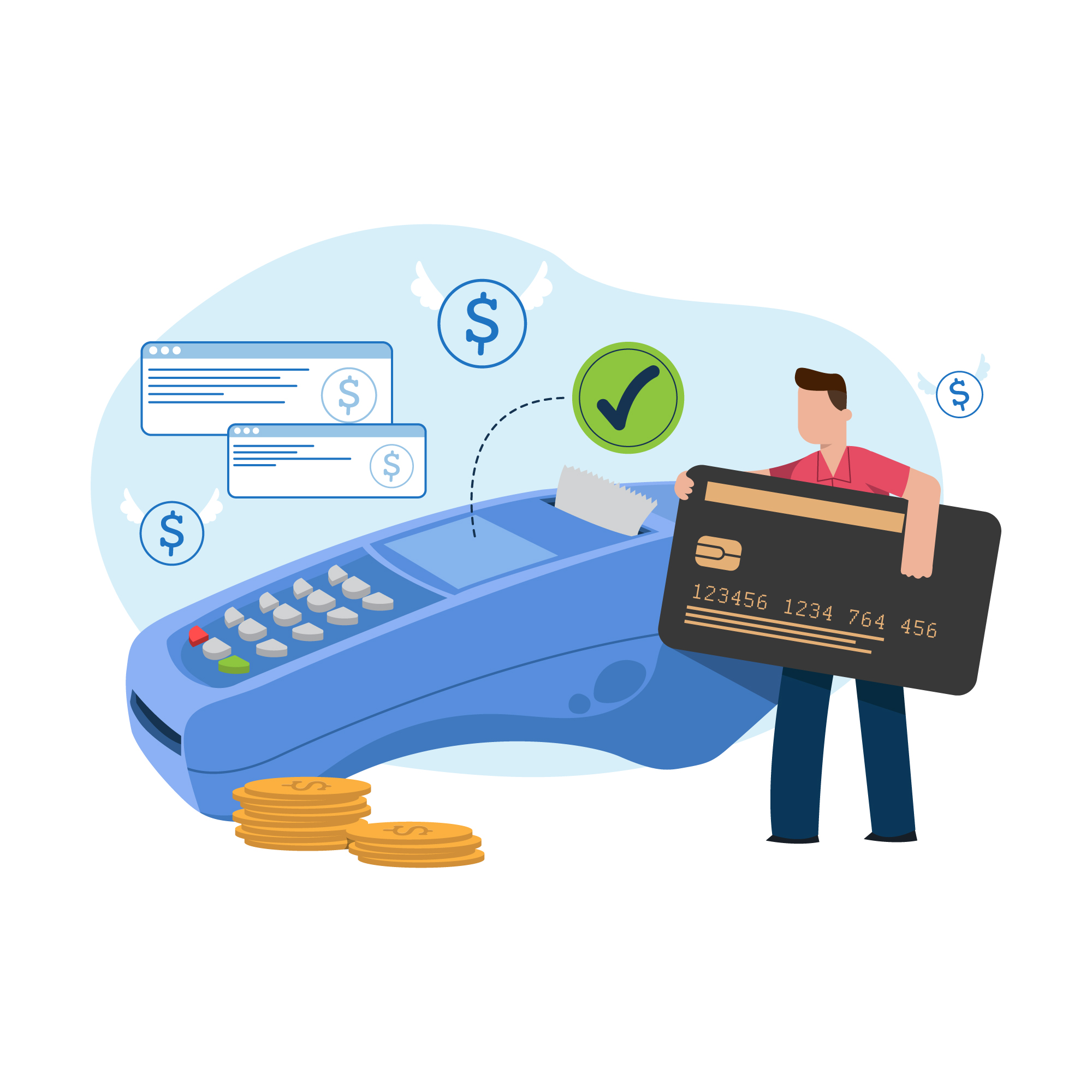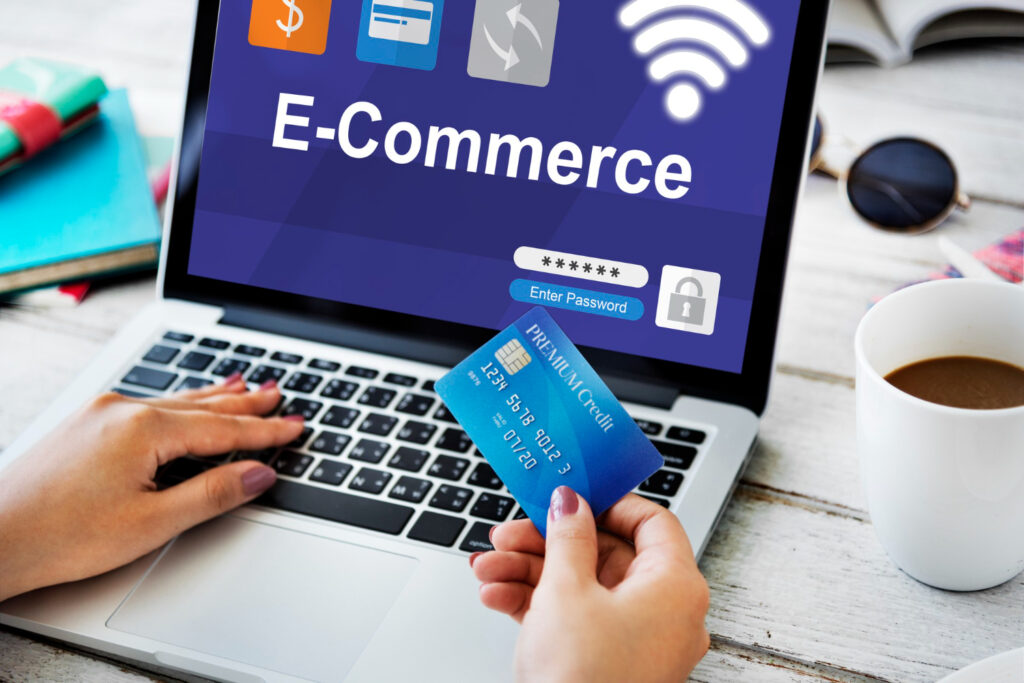In today’s rapidly evolving digital landscape, the world of e-commerce transactions is no exception. As businesses and consumers adapt to new technologies, payment gateways have become a pivotal part of the online shopping experience. In this blog, we’ll explore the latest trends in payment gateways, ensuring that you stay up to date with the dynamic world of e-commerce. Let’s delve into the key trends and advancements shaping the world of payment gateways:
1. Contactless Payments:
- Tap and Go: With the rise of mobile wallets like Apple Pay and Google Wallet, contactless payments have become mainstream. Customers can complete transactions with a simple tap of their device, making the payment process faster and more convenient.
Contactless payments have been a game-changer in the world of e-commerce. The ability to make payments with a simple tap or wave of a smartphone or contactless card has revolutionized the way we shop. This technology not only enhances the convenience of online transactions but also reduces the need for physical contact, which is particularly relevant in a post-pandemic world.
2. Biometric Authentication:
- Fingerprint and Face Recognition: Payment gateways are increasingly integrating biometric authentication methods, providing an extra layer of security. This not only simplifies the checkout process but also enhances the security of online transactions.
Biometric authentication has rapidly gained traction as a security measure for online payments. Gone are the days of entering lengthy passwords or PINs; now, your fingerprint or facial features serve as your unique identification. This not only simplifies the checkout process but also significantly bolsters the security of online transactions.
3. QR Code Payments:
- Scan to Pay: QR codes have become a common sight in restaurants, stores, and online shopping. Scanning a QR code with a smartphone can initiate a payment, streamlining the process for both customers and businesses.
QR codes have made their way into almost every aspect of our lives. From restaurant menus to product labels, these square codes are now an integral part of the shopping experience. Customers can scan a QR code with their smartphone to make a payment, providing a seamless and contactless checkout process.
4. Cryptocurrency Integration:
- Bitcoin, Ethereum, and Beyond: Some forward-thinking e-commerce platforms now accept cryptocurrencies as a payment option. As digital currencies gain popularity, this trend is likely to continue growing.
Cryptocurrency is not just a buzzword; it’s a payment method that’s gaining widespread acceptance. E-commerce businesses looking to cater to tech-savvy customers are increasingly integrating cryptocurrencies like Bitcoin and Ethereum into their payment options. This not only diversifies payment choices but also appeals to a new and growing customer base.
5. Subscription Payments:
- Recurring Billing: Subscription-based services are on the rise, and payment gateways are adapting to accommodate automatic, recurring payments. This trend is especially prevalent in streaming services, SaaS, and subscription boxes.
The subscription-based model is changing the way we pay for services and products. Whether it’s streaming services like Netflix, software as a service (SaaS) products, or subscription boxes, recurring payments have become the norm. Payment gateways are evolving to handle these recurring transactions seamlessly, making it easier for businesses and customers alike.
6. One-Click Checkout:
- Reducing Friction: Streamlining the checkout process, one-click checkout options are gaining momentum. Customers can save their payment information for future purchases, making online shopping even more convenient.
One-click checkout has redefined the online shopping experience. With a single click, customers can complete their purchases, saving time and reducing the friction often associated with multi-step checkout processes. This not only enhances user experience but also increases conversion rates for businesses.
7. Cross-Border Payments:
- Global Commerce: E-commerce businesses are expanding globally. Payment gateways now offer multi-currency support and localized payment methods to facilitate international transactions.
The world is more connected than ever, and e-commerce businesses are no longer limited to their home markets. To tap into the global marketplace, payment gateways have evolved to support cross-border transactions seamlessly. They offer multi-currency support and localized payment methods to cater to the diverse needs of customers around the world.
8. Enhanced Security Measures:
- Fraud Prevention: Payment gateways are investing in advanced fraud detection and prevention technologies to protect both businesses and consumers from cyber threats.
With the growing volume of online transactions, the risk of fraud has also increased. Payment gateways are not just focusing on convenience but also on security. They invest in cutting-edge fraud detection and prevention technologies to ensure that online payments are safe and secure for both businesses and consumers.
9. Personalization and User Experience:
- Tailored Checkout: Some payment gateways now offer a personalized checkout experience, helping businesses increase conversions and improve user satisfaction.
The checkout process is a critical juncture in the customer’s journey. Payment gateways are now offering personalization options, tailoring the checkout experience to the individual customer’s preferences. This not only enhances the user experience but also increases the chances of completing a sale.
10. Blockchain Technology:
- Transparency and Trust: Some payment gateways are exploring blockchain technology to provide a transparent and secure transaction environment, especially in industries like supply chain management.
Blockchain technology is known for its transparency and trustworthiness. Some payment gateways are exploring the integration of blockchain to create a secure and transparent transaction environment. This is especially relevant in industries where trust and transparency, such as supply chain management, are of utmost importance.
Conclusion:
E-commerce transactions have come a long way, and the payment gateway landscape is evolving rapidly. Staying current with these trends is essential for businesses aiming to thrive in the digital marketplace. From contactless payments to biometric authentication and cryptocurrency integration, there are numerous opportunities to enhance the customer experience and streamline the payment process.
By embracing these payment gateway trends, businesses can not only stay ahead of the competition but also create a seamless and secure shopping experience for their customers. As the e-commerce ecosystem continues to evolve, it’s crucial to adapt and leverage these innovations to drive success in the ever-changing world of online transactions. Stay updated with the latest trends, and your e-commerce business will be well-prepared for the future of online payments.



